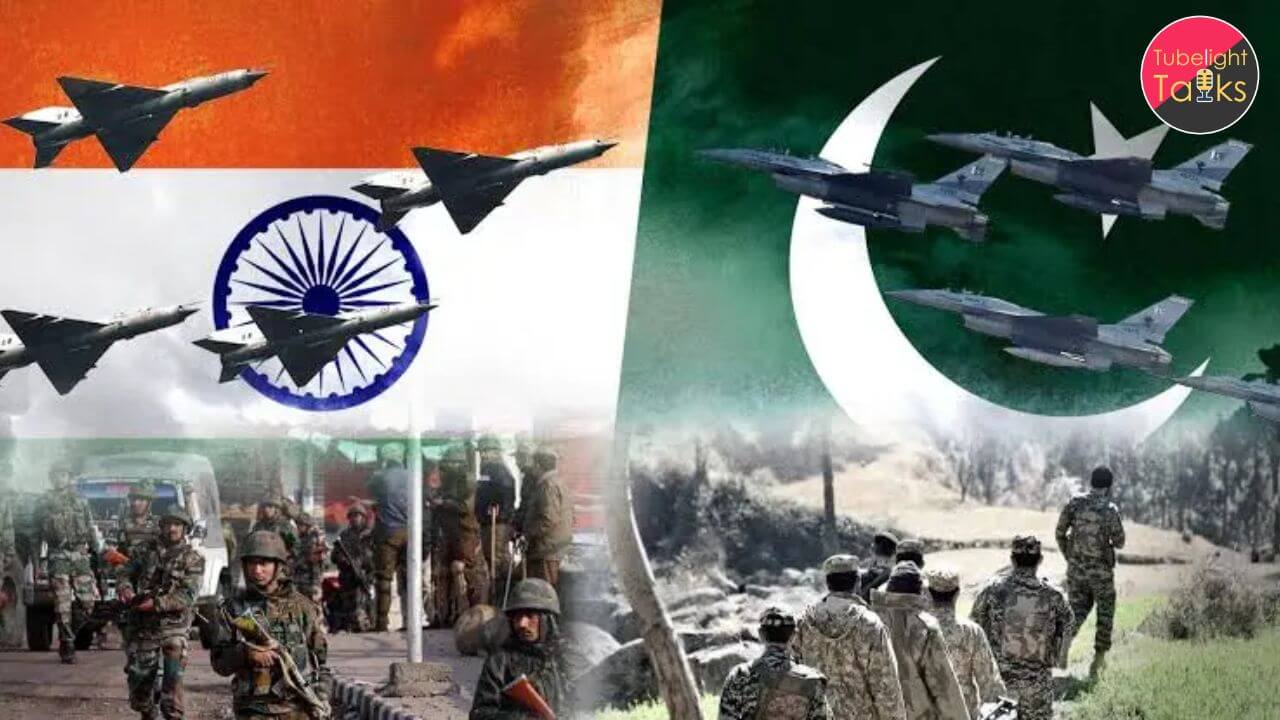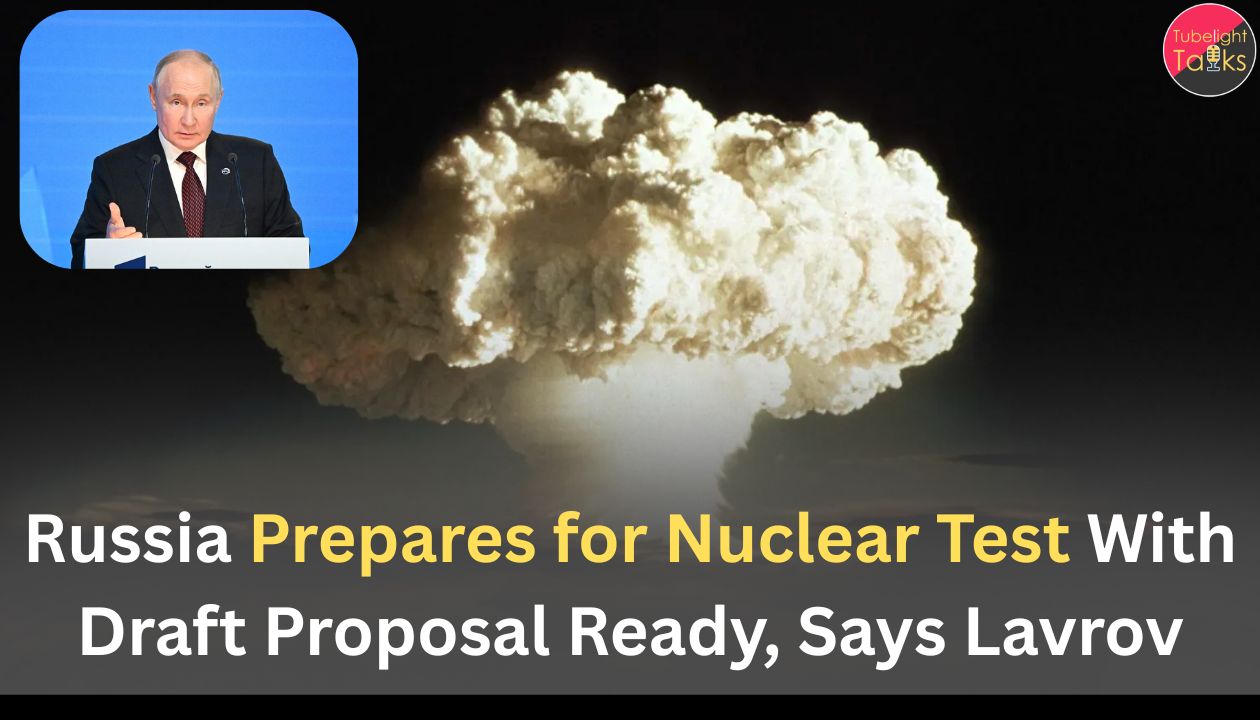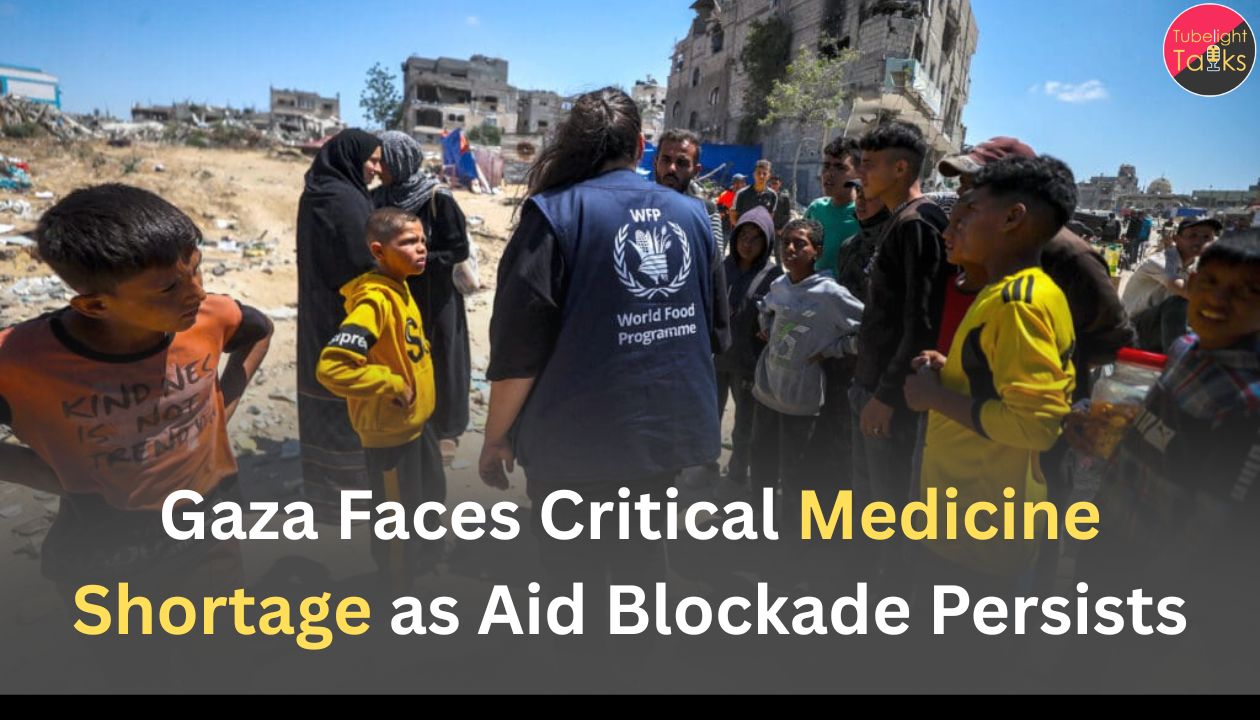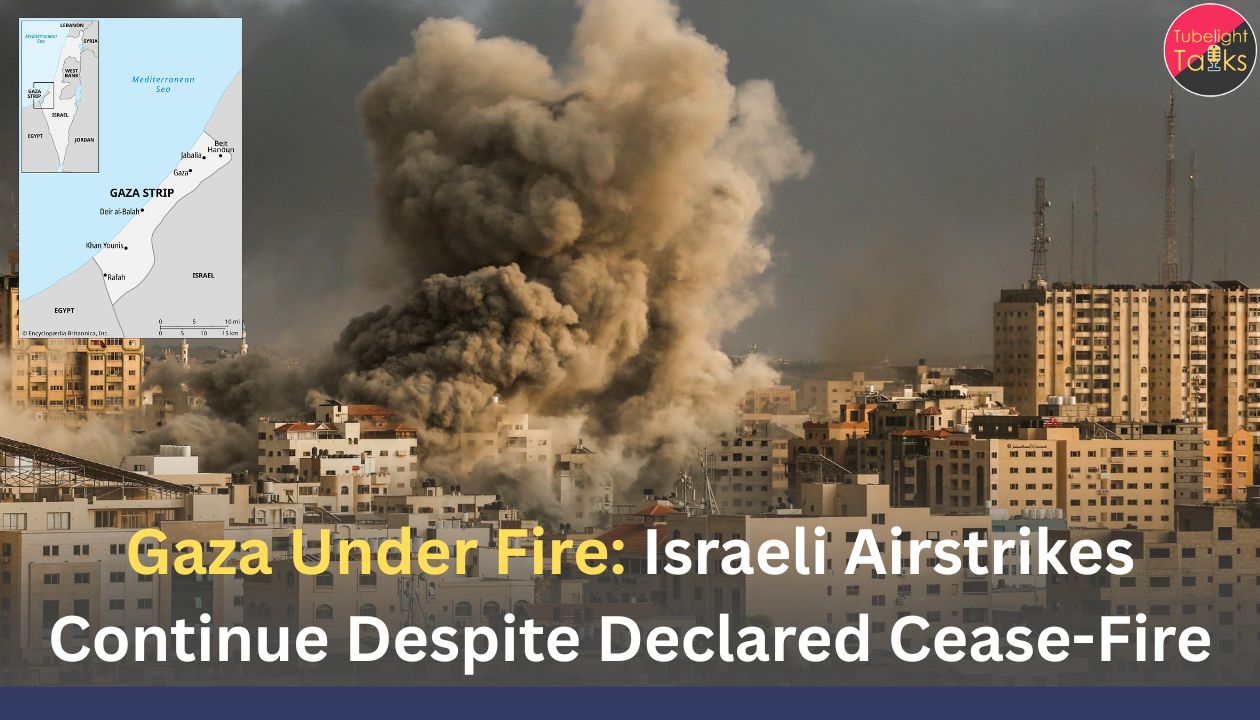India-Pakistan War: The relationship between India and Pakistan has long been defined by war, mistrust, and unresolved tensions. Since their partition in 1947, the two nations have engaged in four major wars—in 1947, 1965, 1971, and 1999—and this time, Operation Sindoor 2025. At the heart of this conflict lies the unresolved issue of Kashmir, which continues to fuel political, military, and psychological divisions. This article explores the history, causes, and consequences of Indo-Pak tensions, as well as the potential paths to lasting peace.
Historical Overview: Wars and Their Consequences
1947–48 (First Indo-Pak War):
India-Pakistan War: Shortly after independence, tribal militias from Pakistan invaded Jammu and Kashmir, triggering the first war. The conflict ended with a UN-mediated ceasefire, resulting in the division of Kashmir along the Line of Control (LoC). The issue remained unresolved, sowing seeds for future conflicts.
1965 War:
Pakistan’s second attempt to seize Kashmir led to a full-scale war with India. Though militarily inconclusive, the Tashkent Agreement, mediated by the Soviet Union, restored pre-war boundaries without resolving the core issue.
1971 War:
This was the most decisive conflict, born out of the Bangladesh Liberation War. India supported the movement in East Pakistan (now Bangladesh), leading to Pakistan’s defeat and the creation of Bangladesh. The war deeply affected regional dynamics and cemented strategic mistrust.
1999 Kargil Conflict:
Pakistani soldiers and militants infiltrated Indian territory in Kargil. India repelled the incursion, with international opinion strongly in its favor. This conflict underscored the risks of warfare between nuclear-armed neighbors.
Each war has hardened positions and highlighted the fragility of peace in South Asia.
India-Pakistan War: Operation Sindoor 2025
“Operation Sindoor” was held on 7th May 2025 and was operated by Colonel Sofia Qureshi and Wing Commander Vyomika Singh. It was launched by the Indian Armed Forces, targeting terrorist infrastructure in Pakistan and Pakistan-occupied Jammu and Kashmir, from where terrorist attacks against India have been planned and directed. Nine terrorist sites were targeted.
India has demonstrated considerable restraint in the selection of targets and method of execution. These steps came in the wake of the cruel Pahalgam terrorist attack in which 25 Indians and one Nepali citizen were murdered. India is living up to its commitment that those responsible for this attack will be held accountable.
The “Ceasefire” Treaty: Operation Sindoor 2025
Recently, the “Ceasefire” Treaty, suggested by the United States, aimed to reduce military tension. Under this agreement, both India and Pakistan committed to preventing the use of weapons against each other. While still in the early stages, the treaty has helped create a more peaceful environment along the border. Other countries supported India, and India had its grip over Pakistan. Pakistan’s air defence system was also neutralized. But U.S. President Donald Trump asked both countries to stop the war.
India’s New Pakistan Policy
- PM Modi listed 3 key points after the ceasefire:
- Any terrorist attack on India will be met with a strong response.
- No tolerance for nuclear blackmail.
- India will no longer differentiate between terrorist leaders and the governments sheltering them.
India is likely to brief foreign defence attachés based in Delhi on Operation Sindoor. The hope is that this calm will endure, giving space for deeper diplomatic engagement and perhaps, a genuine peace process.
Kashmir: The Core of the Dispute
Kashmir remains the most sensitive and unresolved issue. Upon its accession to India in 1947, Pakistan laid claim to the Muslim-majority region, asserting that it should have joined Pakistan. India, however, considers Kashmir’s accession legal and final.
Also Read: India vs. Pakistan: A Comprehensive Comparison
The region has seen decades of military clashes, insurgency, and civil unrest. Pakistan’s alleged support for separatist movements and insurgent groups continues to be a major point of contention. Despite efforts like the Shimla Agreement and the Lahore Declaration, deep-rooted mistrust has thwarted progress. Even this time, the Kashmir issue remains unresolved, like before.
Terrorism: The Shadow War
Beyond conventional warfare, terrorism has become a significant dimension of Indo-Pak relations. India accuses Pakistan of harboring terrorist groups responsible for attacks like the Uri attack (2016) and Pulwama bombing (2019). In response, India launched surgical strikes and airstrikes in Balakot, signaling a shift to more assertive retaliation. On 22 April 2025, the Pahalgam attack, in which Pakistan killed 25 civilians, caused aggression. This was also the reason for Operation Sindoor.
India-Pakistan War: While Pakistan denies direct involvement, such incidents disrupt diplomatic efforts and inflame nationalist sentiments on both sides, making reconciliation even more difficult.
War and Diplomacy: The Balancing Act
Despite persistent conflict, both nations have intermittently pursued peace through ceasefire agreements, track-two diplomacy, and backchannel talks.
Events like the Agra Summit, Composite Dialogue Process, and periodic ceasefire renewals show attempts to ease tensions. However, these initiatives often collapse following terror incidents or political changes.
International players, including the United States, Russia, and China, have at times played moderating roles. Still, the entrenched distrust and the complexity of the Kashmir issue present formidable barriers to peace. Again, this time, Donald Trump is said to be the moderator for resolving this issue.
Human and Economic Costs
The toll of conflict is not just strategic it’s deeply human. Thousands of soldiers and civilians have died in wars and skirmishes. People living near borders suffer frequent displacement, fear, and trauma.
Additionally, the economic burden is massive. Both nations allocate large portions of their budgets to defense resources that could instead support development in healthcare, education, and poverty alleviation.
Media and Public Sentiment
Media plays a critical yet complex role. In both nations, sensationalist reporting and jingoistic narratives often fuel hostility. Headlines and debates frequently paint the other country as the enemy, leaving little room for empathy or understanding. During Operation Sindoor, no media channel showed the right and exact information.
Instead, they reported that India had won over Pakistani territory. They behaved irresponsibly and spread news that was not even true. India never invaded Islamabad, Lahore, or Karachi, but these channels, forgetting their dignity, showed whatever made sense only to them.
Nuclear Capabilities and Global Risk
With both countries being nuclear-armed, the stakes are perilously high. India adheres to a No First Use (NFU) policy, pledging not to use nuclear weapons unless first attacked. Pakistan, however, does not follow any such policy and is ready to use them at any time. Pakistani ministers were also giving threats to India regarding the use of nuclear weapons. Whether it’s about terrorism, decisions, or attacks, Pakistan is an irresponsible country. It is well known that it doesn’t know how to take accountability.
Astrology, Spirituality, and the Path to Peace
In Indian culture, astrology often intersects with public and political life. Prominent astrologers like Bejan Daruwalla, Dr. Prem Kumar Sharma, and Acharya Indu Prakash have offered predictions about Indo-Pak relations based on celestial alignments.
Adding a spiritual dimension, Saint Rampal Ji Maharaj emphasizes the futility of war and the need for inner peace. He advocates for a universal human identity over nationalism, drawing on spiritual teachings to promote unity. He encourages a three-time daily bhakti (devotional practice) that, according to followers, fosters compassion and a mindset of peace—qualities urgently needed in a conflict-ridden world.
Conclusion
The India-Pakistan rivalry is one of the most enduring and complex in modern history. From four wars to ongoing terror threats and nuclear tensions, the relationship remains fragile. The root causes particularly the Kashmir issue and mutual distrust must be addressed not only through diplomacy but through a transformation in mindset.
Lasting peace may require not just political will but also a cultural and spiritual awakening, fostering empathy, humanity, and mutual respect. As new treaties emerge and spiritual voices call for unity, there is hope that future generations might see a South Asia defined not by war, but by peace.










